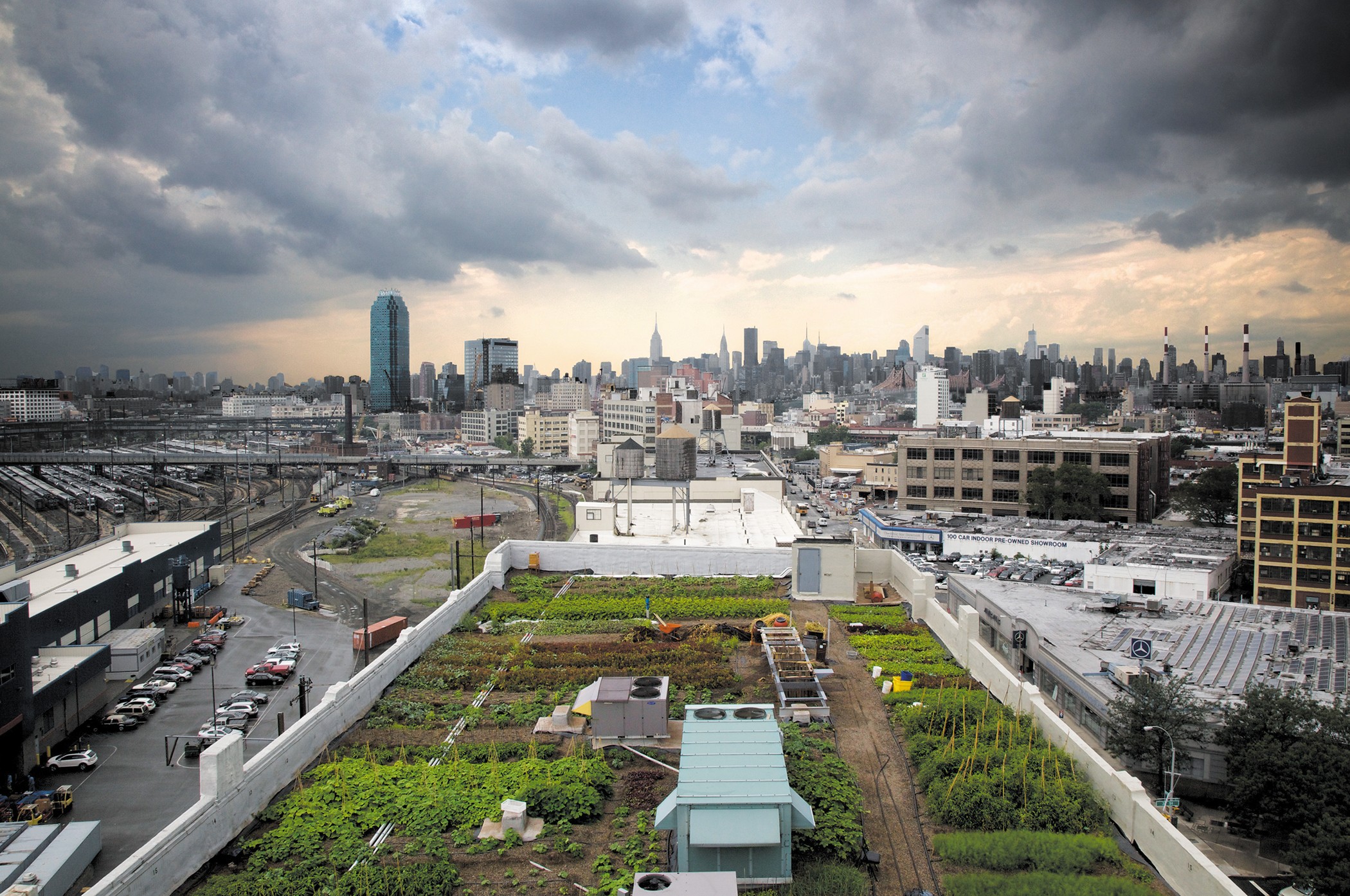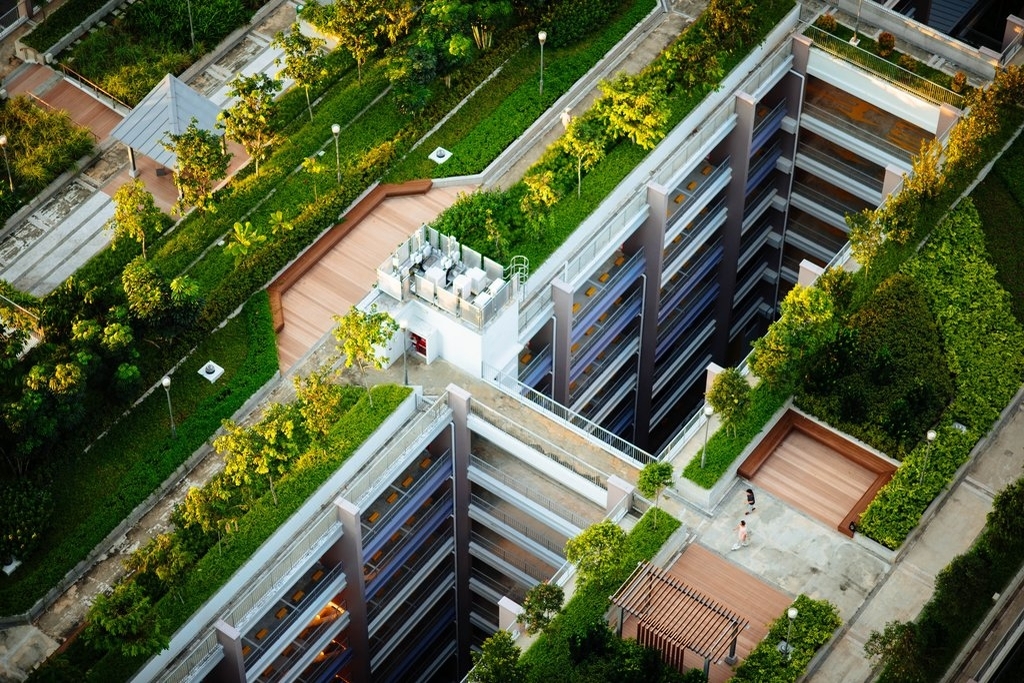The Facts About City Blooming Revealed
Table of ContentsThe 3-Minute Rule for City BloomingFacts About City Blooming RevealedSome Known Factual Statements About City Blooming More About City BloomingThe smart Trick of City Blooming That Nobody is Discussing
Fascinated in expanding food to buy in the City of Chicago? Thinking of starting a neighborhood garden? Adjustments to the Chicago Zoning Regulation allow farming usages like community yards and metropolitan ranches in many parts of the city. Below is a list of frequently asked questions concerning the regulations and guidelines that cultivators should think about when intending a metropolitan agriculture task.
The zoning modification does not customize any type of various other codes handling composting, structure permits, buying or leasing City owned building, business licenses or environmental contamination. There are existing codes that manage these issues and they continue to be completely result and might be applicable to your job. Area gardens are commonly had or handled by public entities, civic companies or community-based companies and maintained by volunteers.
Urban farms expand food that is meant to be sold, either on a nonprofit or for-profit basis. Due to their commercial function, metropolitan farms call for a company license. Yes. A community garden is enabled to market surplus create that was expanded on website if the sales are accessory or subordinate to the yard's primary purpose defined over.
City Blooming Fundamentals Explained
Composting is allowed yet only for plant material that is created and made use of on website. The amount of compost product can not exceed 25 cubic lawns at any kind of offered time according to the standards in 7-28-715 of the City's Municipal Code. Yes. Since the soil at a lot of brand-new yard sites needs changing, compost, dirt, timber chips, or various other materials can be obtained to build or enhance the growing area - indoor plants.

If a structure authorization is called for after that the hoophouse will certainly be thought about an accessory structure. You can discover even more concerning the building license demands by calling the Department of Structures. The 25,000-square-foot dimension restriction is planned to stop a single neighborhood garden from controling a given block or interfering with the block's existing household or commercial character.
The limitation does not relate to gardens found in Public Open Space (POS) districts. Can there be greater than one neighborhood yard that is 25,000 square feet on a solitary block? Yes. The size limit puts on specific gardens, not to specific blocks. No. Secure fencing is not called for, nonetheless, gardens that have huge parking locations might be required to install fence or various other landscape design functions.
City Blooming for Beginners
B1 & B2 areas need that all business use tasks be conducted indoors. Is fence needed for metropolitan ranches? Fences may be needed, along with landscaping and testing, for certain car park areas and exterior job or storage space areas depending on area and the certain activity taking place.
Urban farms call for building authorizations and zoning approvals prior to building and construction (fruit and vegtables). Various other kinds of city evaluation might be needed depending on details frameworks, activities, dimension, landscape design, licensing, public health and stormwater administration concerns.
The Department of Service Matters and Consumer Security can aid establish the certain type of company certificate that's called for. Off street auto parking is required for the majority of business jobs in Chicago. The called for number of car park areas is based on the number of staff members working on site and not the square footage of the expanding room.
The smart Trick of City Blooming That Nobody is Talking About

A city farm can offer compost material produced on site, nevertheless, the operation should abide with the policies in 7-28-715 of the Chicago Municipal Code. Aquaponic systems are allowed indoors on metropolitan farms in several zoning districts.
As much as 5 hives or colonies of honey might be kept as an accessory use. Nonetheless, beekeepers have to official statement register with the Illinois Department of Farming. For additional information regarding the proposed zoning change you might contact the Division of Housing and Economic Development, Bureau of Planning and Zoning at 312.744.8563.
Farming in cities and city locations A metropolitan farm in Chicago. Urban agriculture describes numerous methods of growing. https://clean-gondola-5c7.notion.site/City-Gardening-Transforming-Urban-Spaces-7213d2fdc6c341e8bd8975e4c2f79126?pvs=4, processing, and distributing food in city locations. The term likewise uses to the area activities of animal husbandry, aquaculture, beekeeping, and gardening in an urban context. Urban farming is distinguished from peri-urban farming, which occurs in backwoods beside residential areas.
How City Blooming can Save You Time, Stress, and Money.
It can involve a movement of organic farmers, "foodies" and "locavores", that seek to create socials media based on a common values of nature and community holism. These networks can create using formal institutional support, coming to be incorporated into regional town planning as a "change community" movement for lasting city advancement.
Some of the first proof of metropolitan agriculture comes from Mesopotamia.